| বাংলায় পড়ুন | Researchers and Reporters: Shama Sultana Anika Tahsin |
Money is something we continually require to fulfill our wants and indulge our hobbies. Different nations’ currencies are associated with varying histories and customs. The history of Bangladesh’s economy is inextricably linked to “money.” Since the nation’s independence, the creation and use of its currency have been significant components of its cultural legacy. But how many of us are aware of this background?
The year 1971 marks the beginning of money history, as Bangladesh gained its independence from Pakistan. Then the desire to forge a new identity in the economy emerged. The nation’s initial self-expression of identity was found on stamped notes. This stamped coin was a symbol of the independence-minded Bengali resistance even though it was not recognized by the government.
Pre-Independence Currency Management
Economic dealings throughout the War of Liberation gave rise to a crisis. While the Pakistani rupee continued to be utilized, it went against the nation’s ethos of independence. The “Bangladesh” stamp on the Pakistani rupee was later used as their currency by common people and freedom fighters as a show of patriotism. On June 8, 1971, however, the Pakistani government ruled that the stamped notes were unlawful. For the Bengalis, however, this marked the start of their economic freedom.
Appearance of Taka, in 1972
Bangladesh’s national currency was introduced as a preliminary step toward the recognition of its economy. Bangladesh, as a new country, had to create its currency after achieving independence. The Bangladeshi government first launched the ‘Bangladeshi Taka’ on March 4, 1972. First notes were released into circulation: 1, 5, 10, and 100 taka. These were produced in India using security printing presses.
Bangladeshi painters created the designs and symbols on these notes, which were used as country maps. The image of the Bangladeshi map was used on the 1 taka note, while the portrait of Bangabandhu Sheikh Mujibur Rahman was featured on the 5 taka note.” Respect for the nation’s leaders and traditions was symbolized by it.
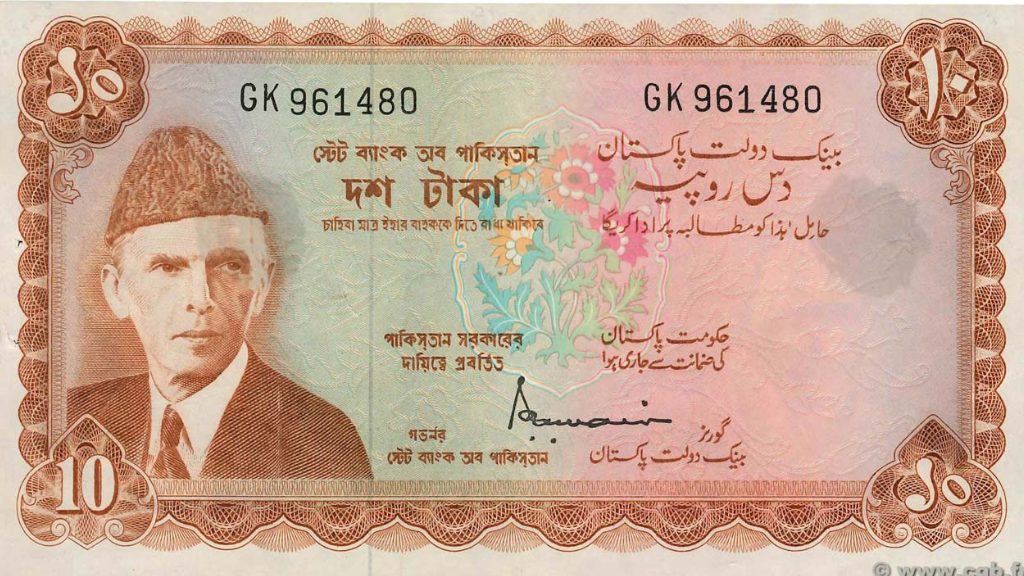
Appearance of Bangladeshi Taka in 1972, a key moment in the history of the currency. | Photo: Collected
Introduction to the design of the first note and the contribution of the artists
Think about the new notes’ design when the government decides to introduce them! After a nation gains its independence, who will create its currency? The responsibility for creating the new notes fell to a three-person group made up of well-known painters Patua Kamrul Hasan, Qayyum Chowdhury, and Zainul Abedin. KG Mustafa, a fine art artist, was employed as a designer at Security Printing Press in Karachi when Kamrul Hasan first learned about him. ANM Hamidullah, the then-Governor of Bangladesh Bank, was met by him and Mustafa right away. The assignment to create the new notes was assigned to Mustafa there.
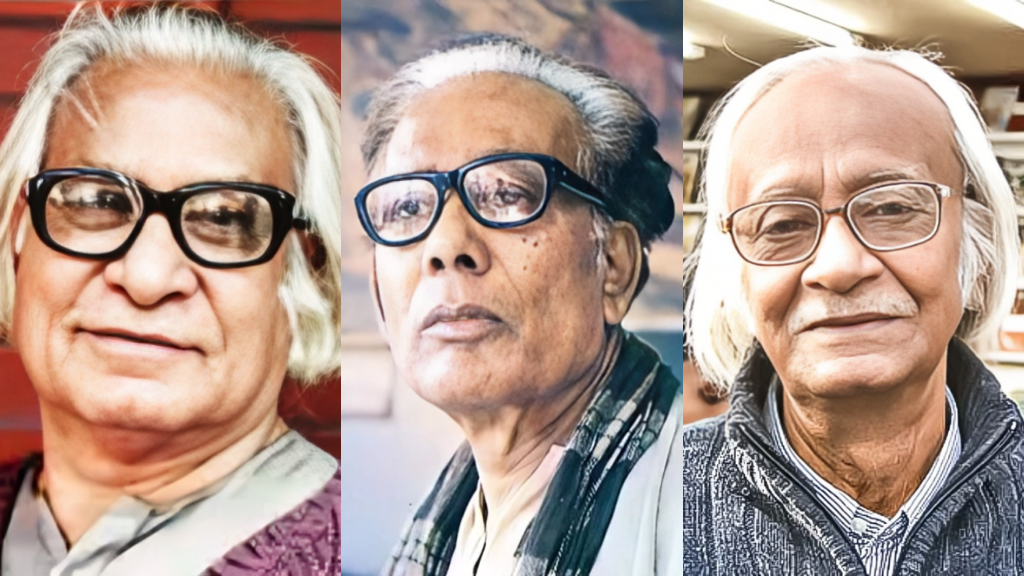
Design of the first Bangladeshi Taka note and the artists’ contributions. | Photo: Collected
When Mustafa initially began working on the five taka notes, he created two variations. He sent the Governor of the Central Bank his design two weeks later. The Prime Minister and Tajuddin Ahmad, Bangladesh’s First Finance Minister at the time, were shown the design, which he found pleasing. At some point, Bangabandhu himself was shown the designs. Thomas de la Rue, a British business, was awarded the contract after Bangabandhu Sheikh Mujibur Rahman later approved the printing of notes. Through their remarks, the artists illustrate the customs and culture of the nation. This era’s designs are valued as a priceless record of the nation’s history and culture in addition to being an important commercial medium.
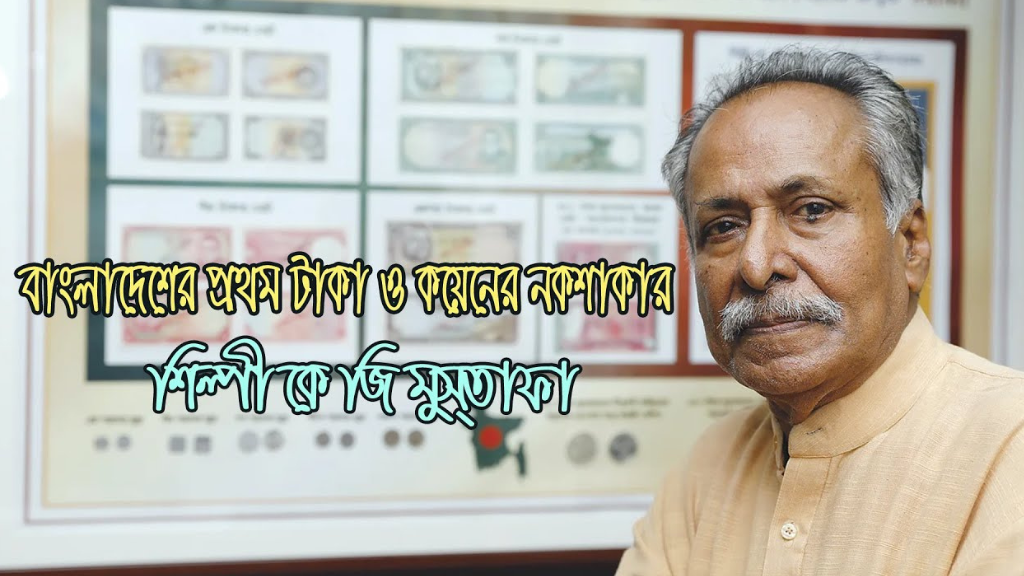
KG Mustafa, designer of Bangladesh’s first banknotes and coins. | Photo: Collected
The new notes’ security issue in 1973
Initially, there were security problems because the notes were printed in India. Then counterfeit notes began to appear on the market, posing a serious risk to the emerging economy. Bangladesh Bank moved quickly as a result. It denoted demonetization and unveiled a new design on May 1, 1973. The sophisticated security mechanisms incorporated in these new designs effectively prevent fraud.
development of domestic mints and currency

Development of domestic mints and currency in Bangladesh. | Photo: Collected
Bangladesh’s first independent mint was founded in 1988, marking a significant turning point in the nation’s economic history. because Bangladesh’s currency was printed outside upon its independence, posing a security risk. Mints across the nation were the first to produce coins. As a result, the currency’s security and worth are enhanced. The notes denoting 2, 5, 10, 20, 50, 100, 500, and 1000 taka were introduced. The Sundarbans, Shaheed Minar, and Jatiya Sangsad Bhavan, among other symbols of the nation’s culture, architecture, and scenic beauty, are all included on these coins.
Evolution of money in the era of digitalization

Evolution of money in the digital era in Bangladesh. | Photo: Collected
In Bangladesh, digital transactions and paper money first appeared in the early years of the twenty-first century. Financial transactions were transformed, particularly in 2011 when Bkash offered mobile banking services. Mobile transactions have grown in importance in the economy, alongside financial transactions.
Bangladesh’s currency history serves as an incredible window into the nation’s advancements in both economics and culture. It is a representation of the dignity and independence of the country, not just a coin.

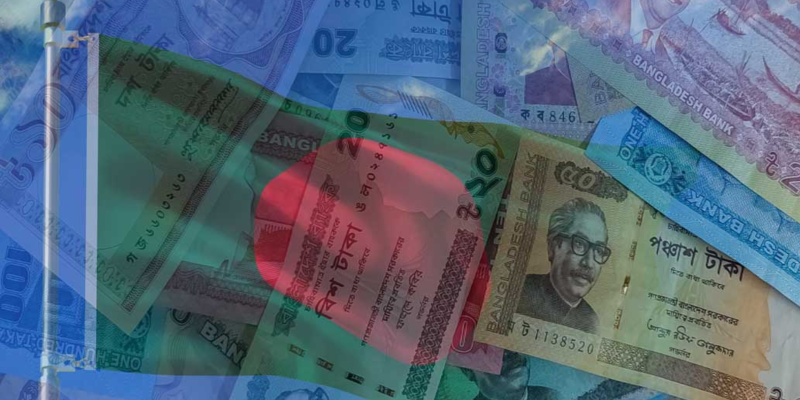





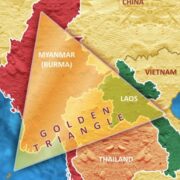
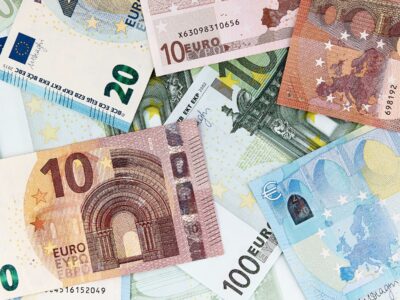
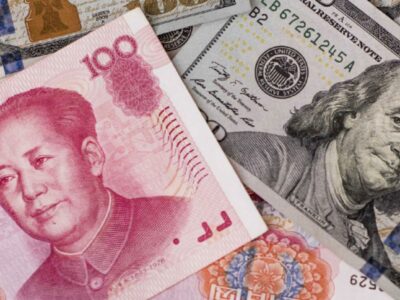
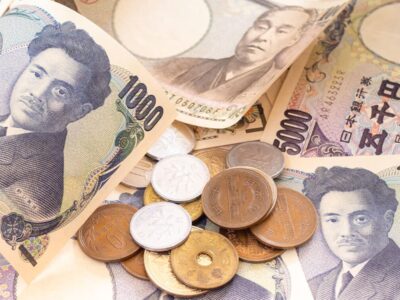
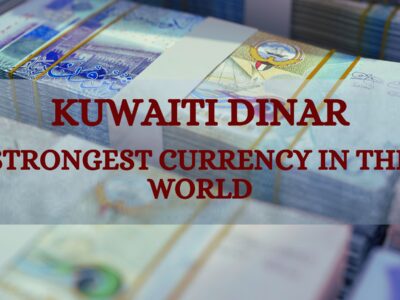
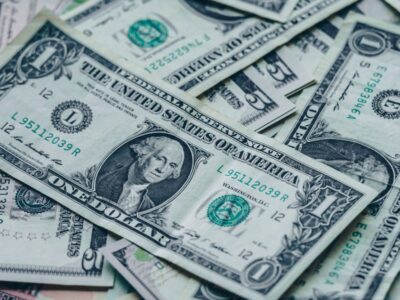
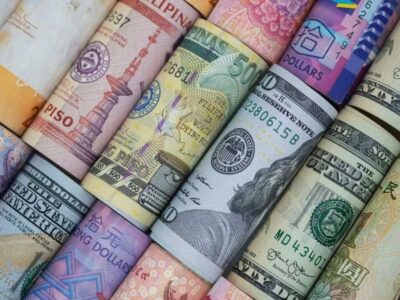





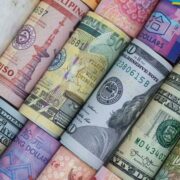

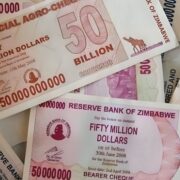

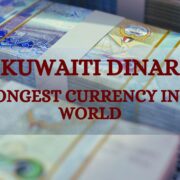





Comments